The Dutch firm ASML spent $9 billion and 17 years developing a way to keep making denser computer chips.


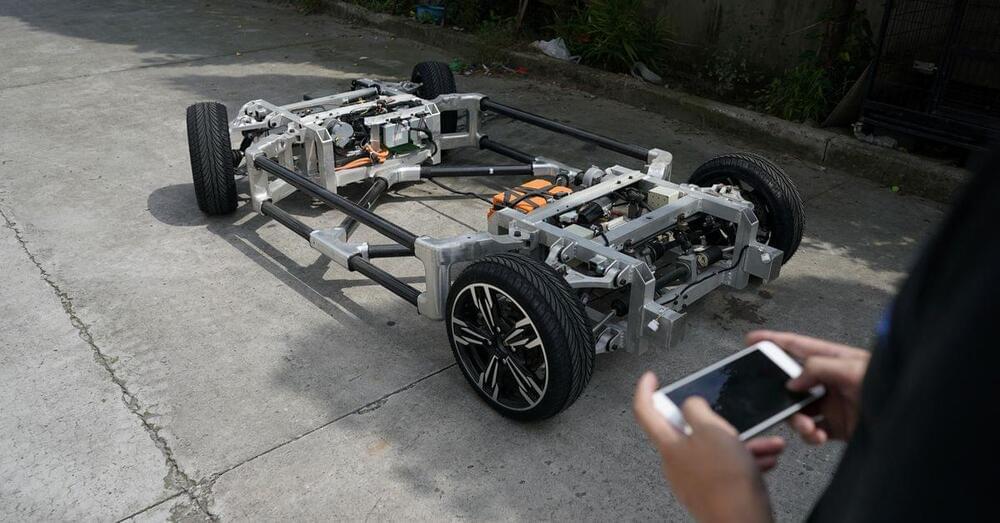
China has cheap labour and huge market so still EV companies will invest in China.
BEIJING, Jan 1 (Reuters) — China will cut subsidies on new energy vehicles (NEVs), such as electric cars, by 30% in 2022 and withdraw them altogether at the end of the year, the Finance Ministry said on its website on Friday.
The ministry had said in April 2020 that NEV subsidies would be cut from 2020 to 2022 by 10%, 20% and 30%, respectively.
For NEVs for public transport, subsidies would be cut by 10% in 2021 and by 20% in 2022.
The study of Venus presents an opportunity to model the evolution of planetary environments, which can serve as a reference for what could happen in the future.
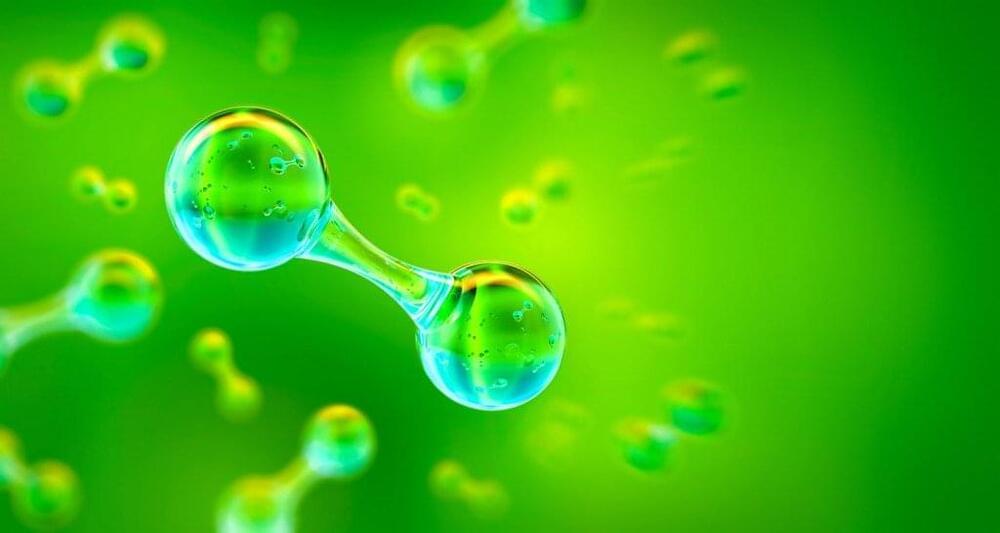
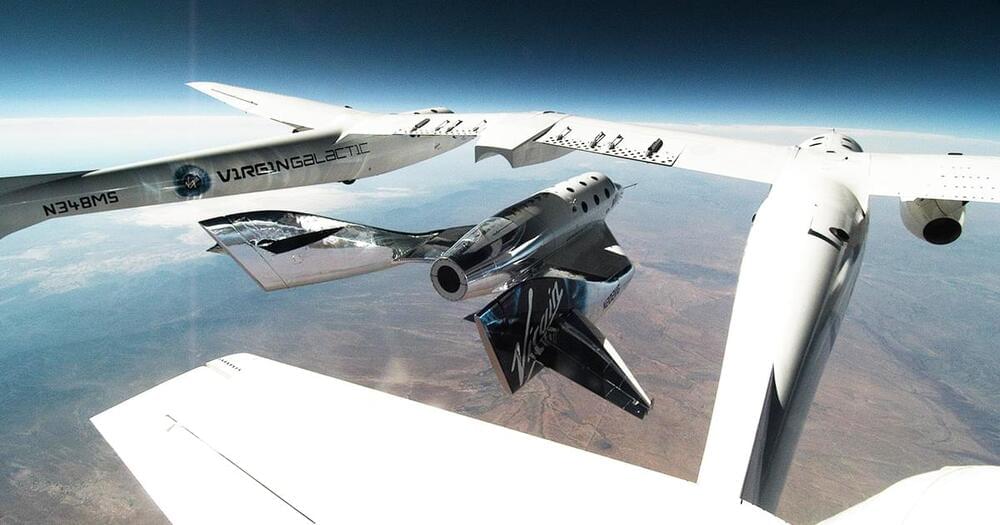
British billionaire Richard Branson’s Virgin Galactic has become the first spaceline to get the go-ahead from the FAA to take up space tourists — a huge milestone in recreational spaceflight.
Space tourists: For decades, only governments could afford to launch people into space, but thanks to reusable rockets and other advances, spaceflight is now cheaper than ever.
That’s led to a burgeoning space tourism industry, with dozens of companies looking to take people on recreational trips into space — or at least the edge of it.
A YouTuber has come up with a solution that lets you capture the magic of winter with a snow globe that generates its own snow.
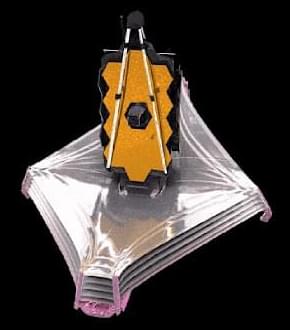
Seismic waves passing through a mysterious ultra-low velocity zone in Earth’s mantle might reveal the earliest chemicals formed on Earth.
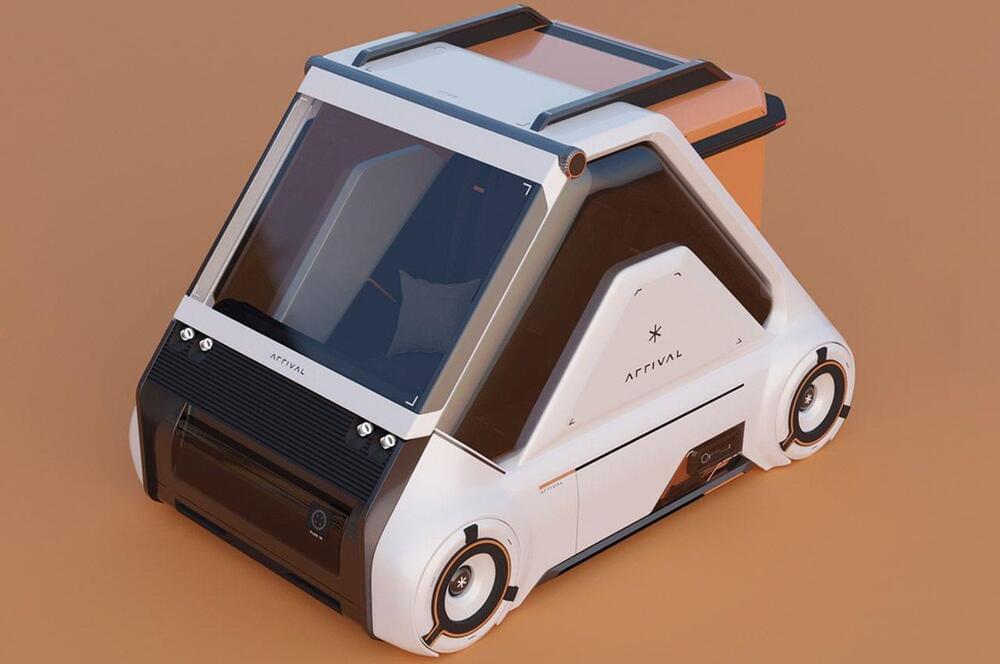
Imagine a future where living in close quarters will be the norm, and so will the vehicles in about five decades from now reflect that societal bond. The Arrival Chemie is a true example of a minimalist future that will revolve around simplicity, function and of course human bond!
Automotive design is going through a metamorphosis stage wherein the gradual shift to an eco-friendly set of wheels is becoming the priority of manufacturers and consumers alike. This shift in perception has had a domino effect in the basic design of vehicles since the propulsion mechanisms and their placement in the vehicle have changed. This gives more freedom to experiment with the interior as well as exterior form. More emphasis is now on the comfort and lounging experience while traversing from point A to B. While on the exterior the multifunctional approach takes precedence.
Every part of the James Webb Space Telescope’s (JWST’s) deployment is nerve-wracking, but some of the most nail-biting moments will happen on New Year’s Eve and New Year’s Day.
We’re on Day 5 of the Webb Telescope’s 30 Days of Terror, and so far, the observatory’s engineering team has successfully checked off all the boxes on its to-do list (get your own check-off list here.)
But starting on December 31 comes the task that is among the most worrisome: unfolding the giant sunshield. The enormous sunshield is about 70 by 47 feet (21 by 14 meters) when deployed, or approximately the size of a tennis court.